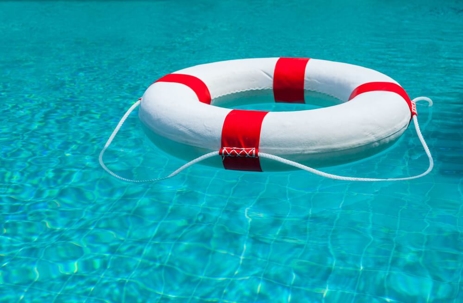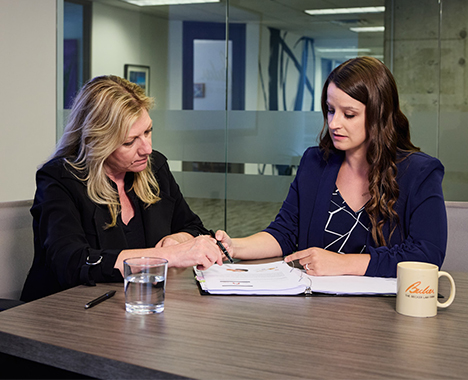Schedule a Consultation
216-621-3000Schedule a Consultation
216-621-3000
The Becker Law Firm is proud to show our support for the American Red Cross and its efforts to raise awareness about staying safe in and around the water.
As people across the country prepare for America’s “Re-Opening,” relaxed Stay-at-Home orders, and warmer weather, it’s natural to assume many will want to get out and enjoy some recreational time in the water – whether it be a local lake, river, or a swimming pool. If time in the water is part of your plans post-quarantine, it’s important to put safety first.
As a firm that’s fought for families who’ve suffered in the wake of drownings and water-related accidents, attorneys at The Becker Law Firm want to share information about water safety statistics, ways to stay safe, and legal remedies available to those who suffer preventable harm.
The World Health Organization and U.S. Centers for Disease Control and Prevention cite drowning as a global public health problem. In 2015 alone, an estimated 360,000 people died as a result of drowning – making it the third leading cause of unintentional injury-related death.
Here’s a closer look at the numbers:
Though swimming and water recreation pose real risks, studies have confirmed that participation in formal swimming lessons can substantially reduce drowning risks among young children. This includes learning the 5 essential skills of water competency that can save your life in the water.
According to the American Red Cross, water competency means you’re able to:
The American Red Cross promotes its “Circle of Drowning Prevention,” a systematic approach that focuses on “layers” of protection to prevent drowning.
When planning ahead for water activities, take the following precautions:
You can find more helpful tips and resources from the American Red Cross.
When it comes to preventable drowning accidents and near-drownings, victims and families may have the right to seek justice and compensation for their damages, including their medical bills, lost income, and pain and suffering. While a personalized case evaluation can help you better understand the merits of a potential case, accident claims are hinged on proving fault and liability.
Water-related accidents may require extensive investigation and the filing of civil personal injury or wrongful death lawsuits against negligent parties such as:
The Becker Law Firm has been representing injured victims and families across Ohio since 1980 and has amassed a record of success in complex cases involving negligence and preventable injury or death – including one recent $2.5M settlement obtained by Partner Romney Cullers on behalf of 12-year-old boy who drowned while swimming at an overnight summer camp in rural Ohio.
If you have questions about a potential case, contact us to speak with a lawyer.

